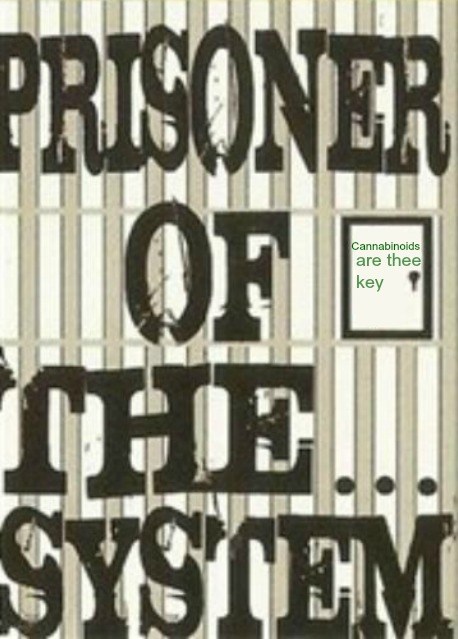[Epub ahead of print]
Elevated brain cannabinoid CB1 receptor availability in post-traumatic stress disorder: a positron emission tomography study.
Neumeister A, Normandin MD, Pietrzak RH, Piomelli D, Zheng MQ, Gujarro-Anton A, Potenza MN, Bailey CR, Lin SF,Najafzadeh S, Ropchan J, Henry S, Corsi-Travali S, Carson RE, Huang Y.
Source
1] Molecular Imaging Program, Department of Psychiatry and Radiology, New York University School of Medicine, New York, NY, USA [2] Steven and Alexandra Cohen Veterans Center for the Study of Posttraumatic Stress and Traumatic Brain Injury, Department of Psychiatry, New York University Langone Medical Center, New York, NY, USA.
Abstract
Endocannabinoids and their attending cannabinoid type 1 (CB1) receptor have been implicated in animal models of post-traumatic stress disorder (PTSD). However, their specific role has not been studied in people with PTSD. Herein, we present an in vivo imaging study using positron emission tomography (PET) and the CB1-selective radioligand [11C]OMAR in individuals with PTSD, and healthy controls with lifetime histories of trauma (trauma-exposed controls (TC)) and those without such histories (healthy controls (HC)). Untreated individuals with PTSD (N=25) with non-combat trauma histories, and TC (N=12) and HC (N=23) participated in a magnetic resonance imaging scan and a resting PET scan with the CB1 receptor antagonist radiotracer [11C]OMAR, which measures the volume of distribution (VT) linearly related to CB1 receptor availability. Peripheral levels of anandamide, 2-arachidonoylglycerol, oleoylethanolamide, palmitoylethanolamide and cortisol were also assessed. In the PTSD group, relative to the HC and TC groups, we found elevated brain-wide [11C]OMAR VT values (F(2,53)=7.96, P=0.001; 19.5% and 14.5% higher, respectively), which were most pronounced in women (F(1,53)=5.52, P=0.023). Anandamide concentrations were reduced in the PTSD relative to the TC (53.1% lower) and HC (58.2% lower) groups. Cortisol levels were lower in the PTSD and TC groups relative to the HC group. Three biomarkers examined collectively-OMAR VT, anandamide and cortisol-correctly classified nearly 85% of PTSD cases. These results suggest that abnormal CB1 receptor-mediated anandamide signaling is implicated in the etiology of PTSD, and provide a promising neurobiological model to develop novel, evidence-based pharmacotherapies for this disorder.Molecular Psychiatry advance online publication, 14 May 2013; doi:10.1038/mp.2013.61.


